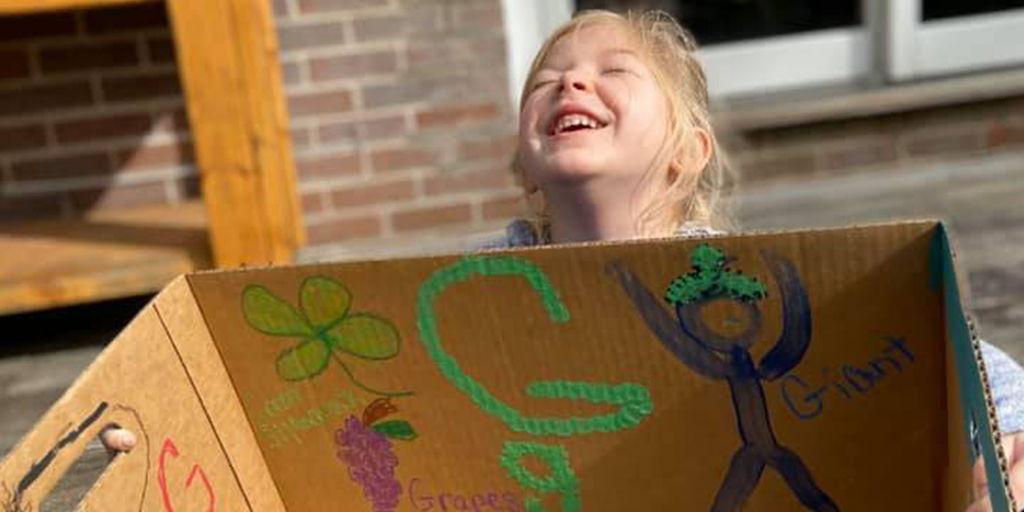When education suddenly went online in March 2020, IU education experts swiftly turned their attention to research on how best to support teachers, students, and parents in the brave new world of remote instruction.
Reading, writing, and remote instruction

Going remote
Going Remote, a report based on IU's "Mega-Study of COVID-19 Impact in Higher Education", delivers four actionable recommendations to aid teachers facing future online and remote instruction:
- Assign class work judiciously and in alignment with clear learning goals.
- Create opportunities for student-instructor communication, especially for first- and second-year students.
- Facilitate student success and foster a sense of virtual community through student- to-student communication.
- Collaborate with other members of the teaching community by sharing materials and successes and providing venues for others to do the same.

As researchers continue delving into the data, they'll share more understandings about the impact of the pandemic-induced transition to remote instruction.
"There's plenty of opportunity for deeper discovery and more nuanced actionable insights," says Ben Motz, a professor in IU Bloomington's College of Arts and Sciences Department of Psychological and Brain Sciences.
Motz, also director of the eLearning Research and Practice Lab, launched the "Mega-Study of COVID-19 Impact in Higher Education" in spring 2020, including a survey of undergraduates and instructors across all IU campuses aimed at identifying their experiences during the transition to remote instruction. The study was published by Motz and collaborators Julie Wernert from the IU Pervasive Technology Institute and Erica Moore from the IU Center for Survey Research, as well as input from numerous campus partners.
Education during periods of crisis

Preliminary findings from an IU study shed light on the feelings and needs of U.S. elementary schoolteachers teaching in a crisis situation:
- Teachers worry about how best to provide support for the social and emotional well-being of their students.
- Messaging from school and district administrators is critical, especially for teachers with young children who are stressed by providing quality education for their own kids as well as their students.
- There may be a "silver lining" to the abrupt shift to distance learning, as teachers and school leaders see opportunities for new educational practices.
Overall, the research, co-led by Elisheva Cohen, underscored the critical work of elementary school systems and administrators in providing support to teachers in three areas: professional development; emotional health and well-being; and sick leave.

In summer 2020, Cohen, a postdoctoral fellow in the Center for the Study of Global Change at IU Bloomington, also helped expand support for U.S. schoolteachers to a global community of peers. With colleagues from the Inter-Agency Network for Education in Emergencies and the Hamilton Lugar School of Global and International Studies, Cohen co-organized a four-part webinar series called "Teaching in Times of Crisis: Learning from Educators Around the World". The series leveraged the expertise of international educators with lived experience in teaching during crises to give U.S. teachers concrete ideas and strategies for how to navigate the challenges of educating through an emergency.
Designing effective online STEM education

Abruptly faced with educating their kids at home in early 2020, parents needed support. An IU team provided it, launching a Facebook group called CoBuild19. The group, designed to deliver engaging science, technology, engineering and mathematics activities for kids, quickly grew to more than 5,000 members, including parents, museums, organizations, teachers, and librarians.
The researchers have gathered data from the Facebook group, collected with full disclosure and permission, to examine how the pandemic has influenced learning outside the traditional classroom, in particular, how STEM content can best be delivered online to meet learners’ needs and interests.
Over summer 2020, Adam Maltese, a professor in the School of Education at IU Bloomington, and his colleagues offered summer camps online, using videos and Zoom to focus on STEM activities. The camps engaged more than 100 children. As the school year began, the project shifted focus to offer a coding club, combining engineering design and introductory computer programming to encourage problem-solving among the participants.

Maltese hopes the project, funded in part by the National Science Foundation, will provide useful knowledge for future national emergencies that may require closing down schools and other informal education institutions such as museums.

